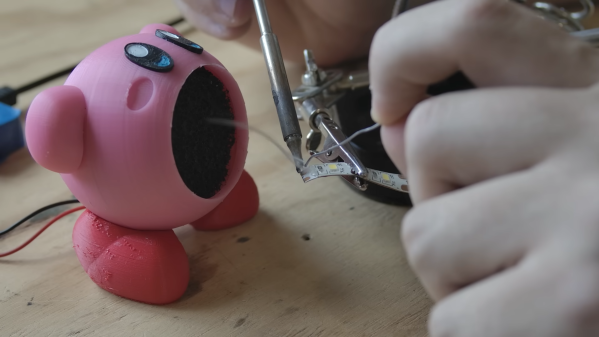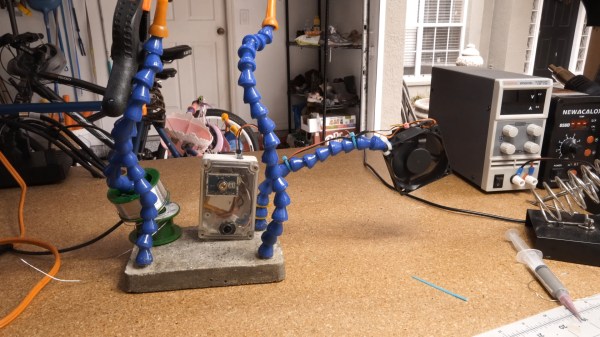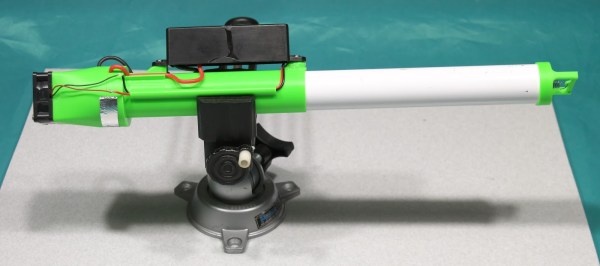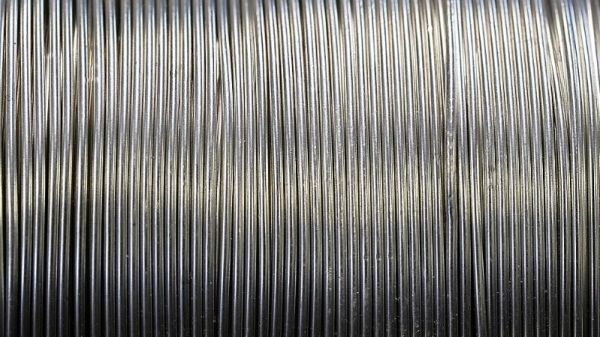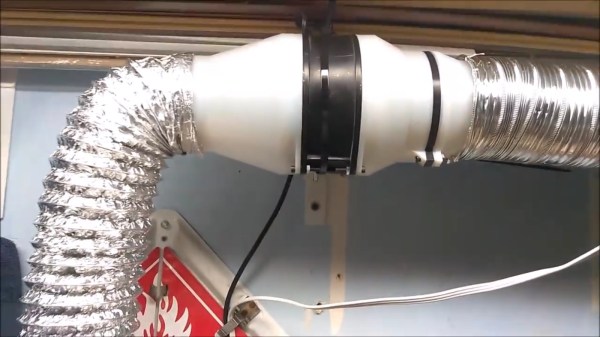[Anthony Kouttron] wanted a fume extractor for his personal electronics lab, but he didn’t like the look of the cheap off-the-shelf units that he found. Ultimately, he figured it couldn’t be that hard to build own portable fume extractor instead.
The build is based around a mighty 110-watt centrifugal fan from an IBM server that’s rated at approximately 500 CFM. It’s a hefty unit, and it should be, given that it retails at over $200 on DigiKey. [Anthony] paired this fan with off-the-shelf HEPA and activated carbon filters. These are readily available from a variety of retailers. He didn’t want to DIY that part of the build, as the filter selection is critical to ensuring the unit actually captures the bad stuff in the air. He ended up building a custom power supply for the 12-volt fan, allowing it to run from common drill batteries for practicality’s sake.
Few of us have need for such a beefy fume extractor on the regular. Indeed, many hobbyists choose to ignore the risk from soldering or 3D printing fumes. Still, for those that want a beefy fume extractor they can build themselves, it might be worth looking over [Anthony]’s initial work.
We’ve seen some other great DIY fume extractors before, too. Even those that use drill batteries! If you’ve been cooking up your own solution, don’t hesitate to drop us a line!


